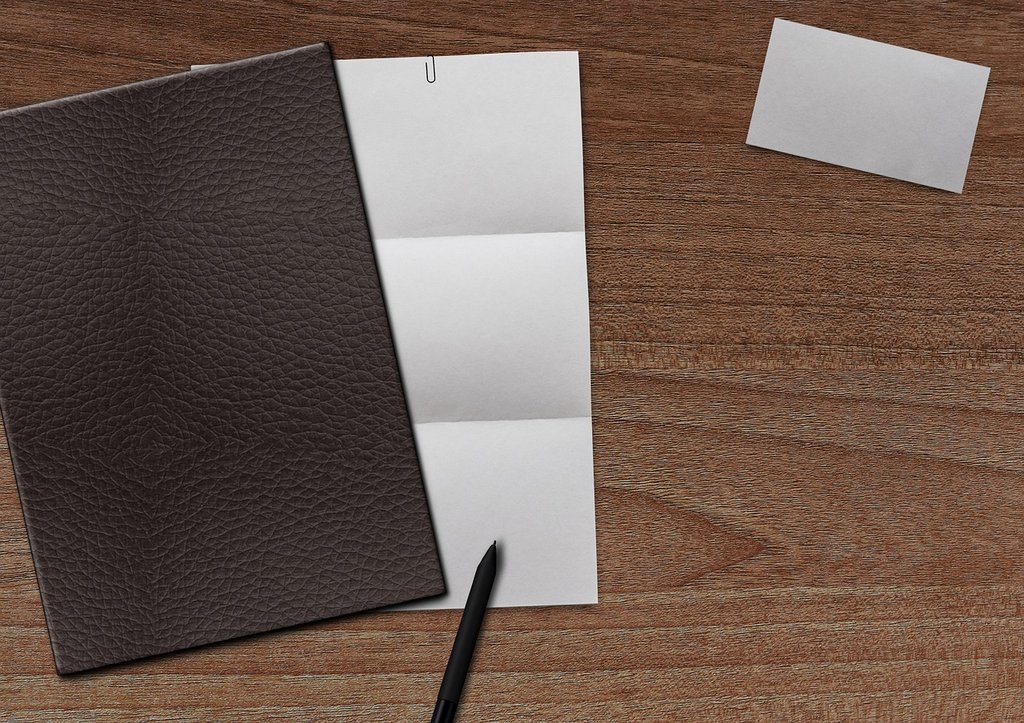Cambridge IGCSE Accounting(0452)/O Level Principles of Accounts(7110) Notes: Single entry and Incomplete records: Example 2
- This is a solution including workings for the question posted here
- We are attempting to create an Income Statement so naturally we will start by calculating the sales figure for the year
Sales calculation for the year ended 31 March 20×6
| Jane Sango Sales Calculation | ||||
| Details | Amount($) | Details | Amount($) | |
| Balance b/d | 2 643 | Bank | 44 846 | |
| Sales for the period (A) | 50 136 | Cash Sales | 3 921 | |
| Balance c/d | 4 012 | |||
52 779 | 52 779 |
NB This is not a real account hence the inclusion of cash sales in our entries. We could simply omit cash sales in the table and add it later on
Purchases Calculation
| Purchases Calculation | ||||
| Details | Amount($) | Details | Amount($) | |
| Payments of trade creditors(B) | 22 177 | Balance b/d | 1 598 | |
| Balance c/d | 2 445 | Purchases | 23 024 | |
24 622 | 24 622 |
William Sachikonye Income Statement of the year ended 31 March 20×6
| $ | $ | |
| Sales (A) | 50 136 | |
| Less Cost of Sales | ||
| Opening Stock | 3 210 | |
| Add Purchases(B) | 23 024 | |
| 26 234 | ||
| Less Closing Stock | (4 063) | |
(22 171) |
||
| Gross Profit | 27 965 | |
| Less Expenses | ||
| Electricity | 1 090 | |
| Telephone | 360 | |
| Rent | 2 000 | |
| Advertising | 1 430 | |
| Insurance (946-177) | 769 | |
| Motor Vehicle Expenses(2 116+291-432) | 1 975 | |
| Depriciation | 1 640 | |
| (9 264) | ||
| Net Profit | 18 701 |
|
Depriciation Calculations
For Motor vehicles:
20% of 5 100 = 1 020
For Shop Fittings
| $ | |
| Value at the beginning | 4 200 |
| Additions during the year | 2 550 |
| Disposal | (250) |
| Drawings | (300) |
6 200 |
|
| 10% Depreciation | 620 |
Total Depreciation for the year 620+1 020
= $1 640
We will not calculate disposal on items that were disposed nor on items that were taken for taken for personal use. Incidentally since the fittings were sold at cost profit on disposal is $0 so it is not included in the Income Statement at all.
The Statement of Financial Position for this question can be found here
To access more topics go to the Principles of Accounting Notes.



